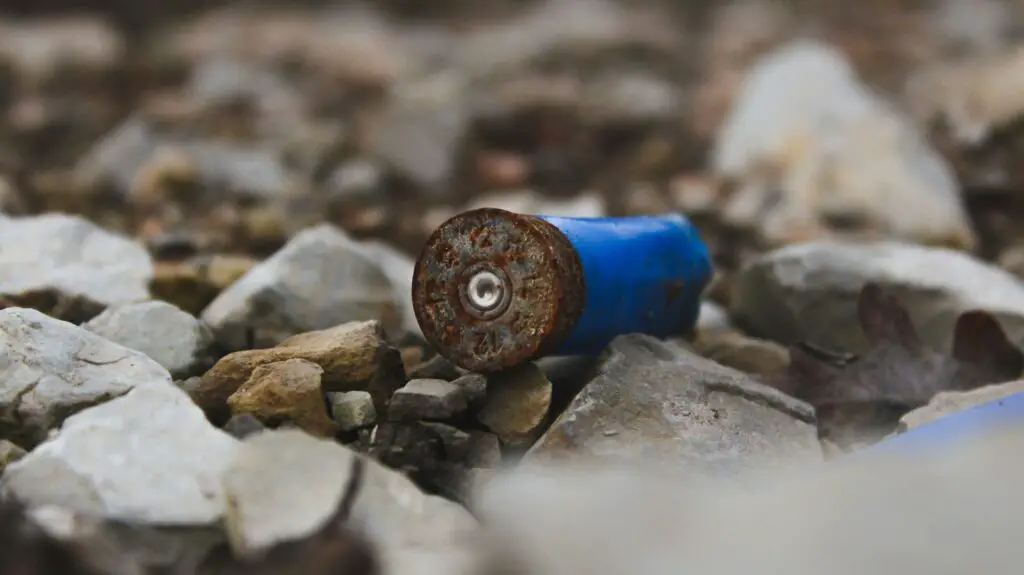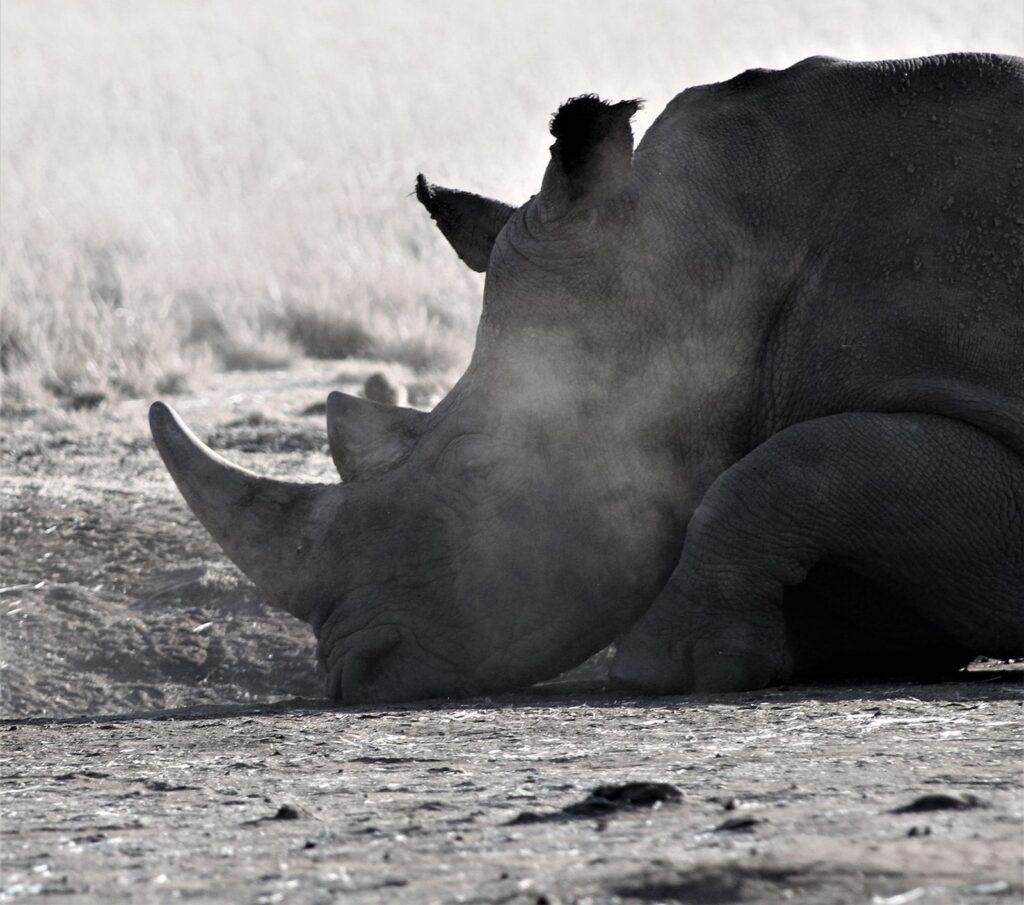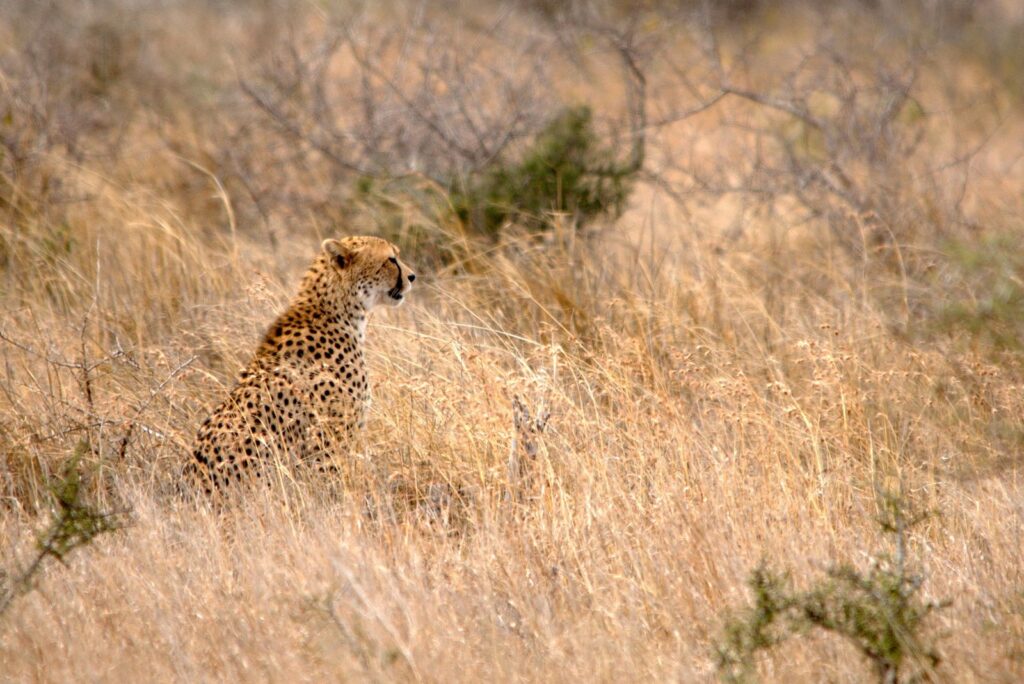Stopping wildlife poaching requires a holistic approach. To create awareness, we must implement education on the impacts of this practice and the critical status of endangered species.
Stricter laws against trafficking wildlife products, support and involvement in conservation initiatives, international cooperation, and engagement with local communities to provide sustainable alternatives are only a few measures that can be used to fight poaching.
Key Takeaways:
- Strengthen laws and increase enforcement of the trade of illegal wildlife products.
- Engage local communities in conservation efforts and provide sustainable livelihood alternatives.
- Utilize innovative technologies like drones for real-time monitoring of wildlife areas.
- Educate the public about the impacts of purchasing wildlife products to reduce demand.
- Foster international cooperation for robust law enforcement against wildlife trafficking.
Measures to Stop Wildlife Poaching:
- Utilize anti-poaching technologies such as AI and real-time monitoring systems.
- Strengthen wildlife laboratories for forensic investigations.
- Implement legislative measures and enforcement, including border control and customs.
- Expand conservation efforts and rehabilitation projects.
- Involve local communities in conservation efforts and provide sustainable alternatives.
- Raise public awareness and educate about the impacts of poaching.
- Reduce demand for wildlife products through various interventions, including mass-media campaigns, social marketing, and location-based bans.

Understanding Animal Poaching
It’s important to understand that poaching isn’t just the hunting of wildlife but a global problem driven by a profitable worldwide black market. This illegal activity threatens wildlife species, pushing some, like the black rhinos, targeted because of their horn, on the brink of extinction.
Poaching undermines conservation efforts and disrupts ecosystems, affecting the environment and socio-economic aspects globally.
Conservation measures alone are not enough. They need to be paired with a broader strategy that includes raising awareness about endangered species and the illegal trade networks that fuel the demand for these wildlife products.
Why Does Wildlife Poaching Happen?
The illegal wildlife trade thrives from the sale of animal or animal parts, fueled by global demand for exotic pets, traditional medicine products, and luxury items.
Poaching is a lucrative market, and combined with poverty in regions where poached animals live, it drives individuals to engage in poaching as a means of survival or income generation.
Why is It so Hard to Stop Poaching?
Tackling wildlife crime and poaching presents numerous challenges.
Human-Wildlife Conflict
One major hurdle is the human-wildlife conflict exacerbated by the coexistence of rural communities with protected areas.
With populations in rural regions sharing space with wildlife habitats, competition for resources intensifies, leading to conflicts over space and food.
Factors like lack of wildlife education, limited livelihood alternatives, and socio-economic inequalities further exacerbate these conflicts.
Addressing these challenges necessitates collaborative efforts between conservationists, stakeholders, and local rural communities. It requires a community-based approach to motivate participation in wildlife protection, provide incentives for ecosystem maintenance, and raise awareness about sustainable development. Increase awareness around the One Health mission, which focuses on human, animal, and ecosystem health interaction to address health concerns such as transmissible diseases and food safety.
Wildlife Protection Resources
Another challenge is the need for more wildlife laboratories, a larger workforce, and more funding. Establishing wildlife laboratories in forested areas across states and increasing the workforce in existing facilities are important to fight wildlife crimes effectively.
Research-oriented training and wildlife control kits help to enhance detection capabilities, particularly in specialized areas like, for example, the molecular detection of smuggled snake venoms.
International Governance
Wildlife crime’s dynamic nature and international politics pose additional complexities.
Various types of wildlife crimes, including the illegal trade of live animals, plants, and ornamental parts, are often politically motivated and transcend national borders, evading existing legislative and scientific tools.
International cooperation and stringent regulations are essential to effectively address these issues transnationally. In several countries, for example, there is a pressing need to regulate invasive species and unlicensed trade, which can be leveraged to achieve better international control of illegal animal trade.
Measures to Stop Wildlife Poaching
Anti-Poaching New Technologies
One approach involves leveraging technological advancements such as Artificial Intelligence (AI) for wildlife monitoring.

AI-based systems can track real-time wildlife movements and respond quickly to crimes. These systems could utilize GPS, micro-chipping, drone surveillance, infrared cameras, sensors, and acoustic monitoring to detect activities indicative of poaching.
Implementing real-time poaching alert systems and integrating sensor technologies like accelerometers or heart-rate sensors has also emerged as a potential breakthrough. These systems can detect poaching events as they happen, triggering cameras for video evidence and using GPS units to pinpoint the exact location of the incident. This immediate alert mechanism dramatically increases the chances of apprehending poachers, providing a strong deterrent against illegal activities.
Developing and deploying such technologies requires collaboration among scientists, conservationists, and local communities. Acknowledging the possibility of countermeasures by poachers, such as technology to jam tags’ communication, experts argue that the technological expertise and costs involved could deter criminals from developing countermeasures.

Wildlife Laboratories
It is important to modernize and strengthen wildlife laboratories across states. These facilities should be equipped with testing capabilities, including genetic-based identification methods and environmental DNA analysis, to aid in forensic investigations and identify poached specimens.
Political Interventions
Amendments to existing wildlife laws to address loopholes and adapt to evolving challenges are needed.
Close monitoring of wildlife trade, both in open and clandestine markets and community engagement initiatives to address the socio-economic drivers of poaching are essential.
Legislative Measures and Enforcement
Implementing stricter laws on the trade and sale of animal products is the backbone of stopping illegal activities threatening wildlife.
A key aspect is increasing the number of wildlife conservation officers and game wardens to enforce these measures effectively. They’re the boots on the ground, patrolling backcountry areas to intercept poachers and ensure the safety of at-risk species.
Another measure is strengthening border control and customs to prevent poached animals from crossing into new territories. This effort requires international cooperation and robust law enforcement to trace and halt the movement of illegally obtained wildlife products.
Conservation Efforts
Rehabilitation efforts for exotic and endangered species are other measures available.
Projects like ‘Project Cheetah,’ an initiative in India to reintroduce extinct species like the cheetah, demonstrate proactive steps toward ecosystem restoration.
Similarly, conservation projects focusing on endangered species and their habitats should be expanded, building on successful initiatives like ‘Project Tiger.
Adequate land and water use policies, minimal human intervention in wildlife habitats, and discouraging tourism in critical wildlife areas are other measures that can help habitat conservation.
Ultimately, widespread participation in wildlife conservation efforts, including citizen initiatives like tree planting and avoiding wild meat consumption, is a way to safeguard biodiversity for future generations.
Community Engagement and Support
Involving local communities in the conversation adds value with invaluable local knowledge and fosters a sense of ownership over natural resources.
This partnership is essential, as community members can serve as the eyes and ears on the ground, providing critical information that can deter poachers and aid in enforcement.
Community engagement isn’t just about getting locals on board with anti-poaching initiatives; it’s also about listening to their needs and working together to create sustainable livelihoods.
This strategy recognizes the importance of human well-being in conservation efforts, ensuring that protecting wildlife doesn’t come at the expense of local communities.
Public Education
Raising public awareness is a cornerstone of conservation initiatives. Education programs led by organizations like Stop Poaching Now are designed to educate the public about the devastating impact of poaching. These initiatives aim to foster a greater appreciation for wildlife and the importance of preserving it for future generations.
Reducing Demand for Wildlife Products
While conservation and anti-poaching efforts are helping in protecting wildlife, it’s equally important to focus on reducing the demand for wildlife products to eliminate the need for poaching effectively.
The illegal hunting and wildlife trafficking that fuel the poaching is driven mainly by high demand for items like ivory products, tigers’ teeth, turtles’ carapaces, etc.
While traditional approaches to reducing demand for wildlife products have focused on supply-side measures like international trade bans, recent insights suggest addressing consumer demand directly can be potentially more effective.
However, the effectiveness of such interventions still needs to be determined due to limited empirical evidence and challenges in evaluating their impact.
Below is a list of measures that have been examined and their potential efficacy in deterring the illegal trade in wildlife products.
- Mass-media campaign: This measure, often relied upon for awareness-raising, has shown limited effectiveness, as they often overlook the complex psychological and structural barriers to behaviour change.
- Incentive program: It demonstrated short-lived effects and may even backfire by undermining intrinsic motivations for conservation in exchange for profit.
- Social marketing: Despite limited evidence, this can effectively reduce the demand for wildlife products.
- Location-based bans: These specific bans, such as those on shark fin consumption in China, have shown some potential, but their impact requires further robust evaluation.
- Risk warnings: These measures have demonstrated a more consistent impact in other fields, particularly when incorporating key messages about human health concerns.
Conclusions
The fight against wildlife poaching requires a holistic approach that addresses the complex interconnection of socio-economic, political, and environmental factors driving illegal trade.
Education is a fundamental tool, creating awareness around the detrimental consequences and the need to protect endangered species.
Strengthening laws, engaging local communities, and fostering international cooperation form the backbone of effective anti-poaching strategies.
Technological innovations, such as AI-driven monitoring systems and advanced forensic techniques, offer promising ways for detecting and preventing poaching activities in real-time.
However, political interventions must complement these efforts to close legal loopholes, expand conservation initiatives, and bolster enforcement measures.
Community engagement, leveraging local knowledge and fostering a sense of ownership over conservation efforts are also key aspects.
Public education campaigns are essential for shifting societal attitudes towards wildlife and reducing demand for illegal products.
While progress has been made, the battle against wildlife poaching remains ongoing and requires sustained commitment from governments, conservation organizations, local communities, and individuals worldwide.



